"Children playing in the Behrens family garden. Includes shots of two little girls sitting on a small wooden horse and a toddler wearing a knotted handkerchief on its head" (NWFA Online Database).
"Children Grow Up, photographed by Charles J. Carbonaro, ACL, and produced by The Religious Motion Picture Foundation, is one of the best examples of effectively handling amateur actors in a story telling film yet made. This three reel film was avowedly produced to point a moral in parent and child relationships and, as such, may be classed as social propaganda, a function in which it succeeds admirably. Yet the story it tells seems genuine and is of general audience interest. The film is carefully cut so that the action is logical and smoothly paced. Mr. Carbonaro is particularly to be congratulated for his handling of the difficult technique of parallel action, which occurs as the development of the children of two separate families takes place. Both streams of interest merge into one in a well planned, dramatic climax. The story is told entirely with the aid of amateur actors. Interior shots are in the majority and, for these, no special sets were built, the furnishings of the ordinary home being used. The lighting and exposure under these conditions are excellent throughout." Movie Makers, Dec. 1935, 534.
"Two small boys are camping out (in their backyard) and are about to bed down for the night. Father tells them a couple of stories of prospecting and bad men and battles of swords and guns. The boys dream of re-enactment of the stories with surprising realism. The children are asleep and Father has another story to tell" PSA Journal, Nov. 1959, 48.
"Miscellaneous scenes of the sea. Includes brief shots of some boats moored in a foreign harbour and various travelling shots of the sea, taken from on board ship. Concludes with family footage of a young girl walking along a garden path, holding hands with two women and a brief shot of a couple of children playing on a swing" (NWFA Online Database).
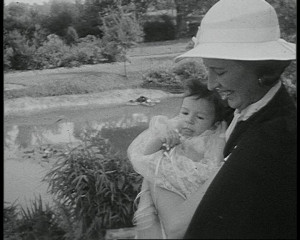
"A short film detailing members of the family attending the baptism of Peter Alexander Alliott" (EAFA Database).
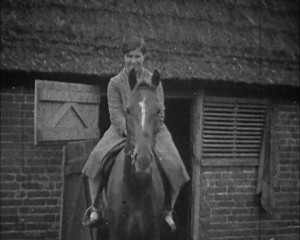
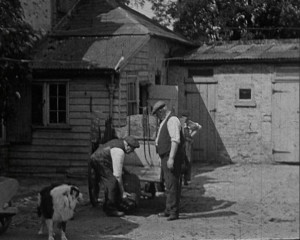
"Joyce Allingham, amateur filmmaker and sister of noted English crime writer Margery Allingham, shot these films at an annual cricket match and luncheon hosted by Margery and her husband Philip Youngman Carter at their home in Tolleshunt D'Arcy, Essex. Said to be one of the highlights of life in the village, Joyce captures these annual 'cricket parties' beginning in 1937 and running until 1950, with a necessary break during World War II. The 1937 match was played against a team from the north Essex village of Chappel, whilst Joyce captures the luncheon in the following year, after which the players gather together for a group photograph and the winners urn is carefully carried off. Returning after the war for the 1948 match, Joyce shows preparations for the big day, followed by the 'feast', a photograph and the match itself. In the evening, guests celebrate inside D'Arcy house, where Margery herself acts as barmaid. Joyce also captures highlights from the 1949 and 1950 meetings, the latter featuring shots of Margery preparing lunch" (EAFA Database).
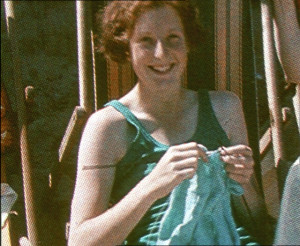
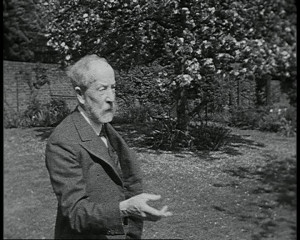
"Film footage of an elderly man, who due to the title placed on the film is likely to be Eunice Alliott’s father, Benjamin Hawes Allcroft Wilson ('Dad'), and shots of a woman named Violet, who is most likely Violet Rachel Caroline Hawes Wilson ('Violet'), Eunice Alliott’s younger sister." (EAFA Database)
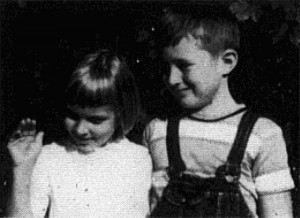
"Miss Luther has brought forth a delightful yet simple episode involving a little girl, a little boy, and a bouquet of daisies in the hand of each. We watch them as they walk across the meadow, play in the streams, give attention to the small animals and their attention to each other. Grandmother is ready with the kind of reward little children expect" PSA Journal, Oct. 1961, 47.
Total Pages: 15